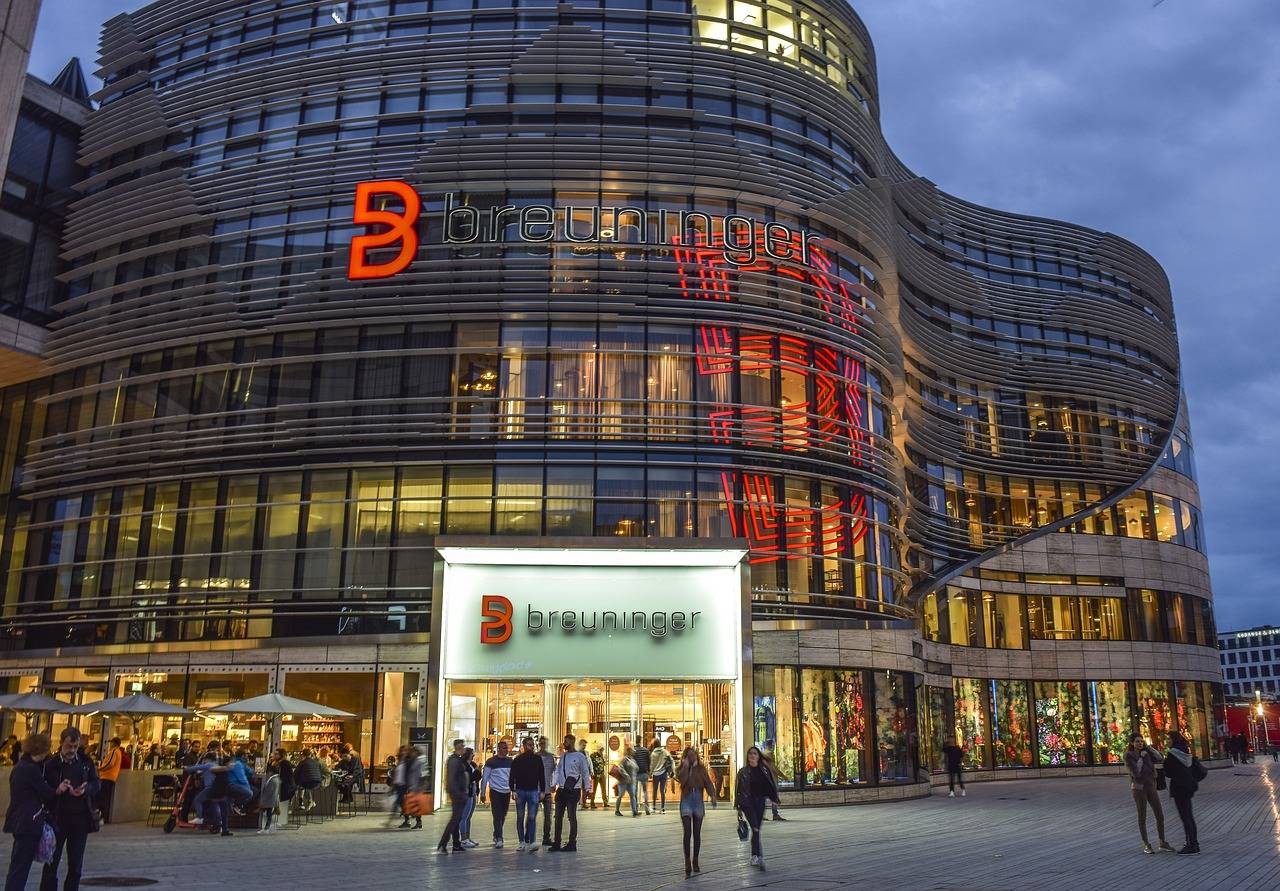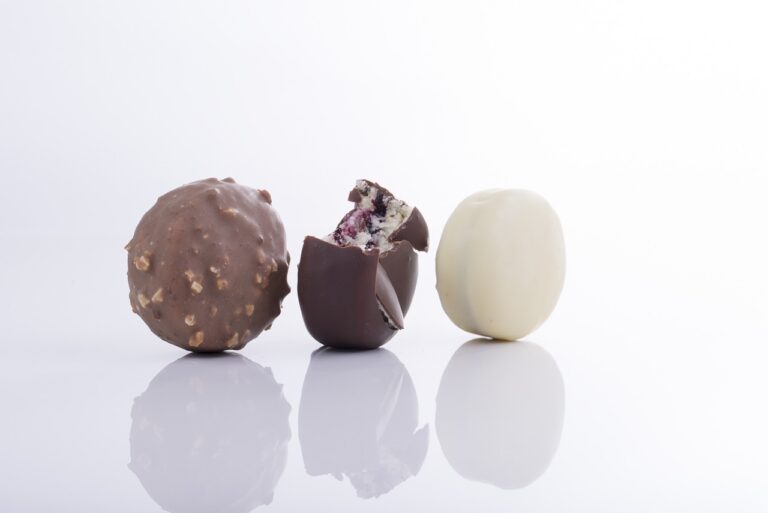The Psychology of Color in Beauty Packaging: Branding Beyond Words
Color plays a crucial role in the beauty industry, especially when it comes to packaging design. The color of a beauty product’s packaging can significantly influence a consumer’s purchasing decision. Vibrant and eye-catching colors are often used to attract attention and convey a sense of luxury and sophistication.
Furthermore, color can also communicate specific brand values and messages to consumers. For instance, soft pastel colors may suggest a more natural and gentle product, while bold and bright colors can convey a sense of energy and excitement. By carefully selecting the right color palette for beauty packaging, brands can effectively differentiate themselves in a crowded market and create a strong emotional connection with consumers.
The Role of Color in Branding
Color plays a crucial role in shaping a brand’s identity and communicating its values to consumers. The choice of colors in branding can evoke specific emotions and associations, influencing how a brand is perceived by its target audience. For example, warm and vibrant colors like red and orange often convey excitement and energy, while cool tones like blue and green may suggest calmness and trustworthiness.
It is essential for brands to carefully select a color palette that resonates with their target market and aligns with their brand message. Consistency in color usage across different brand elements such as logos, packaging, and marketing materials helps to strengthen brand recognition and establish a cohesive brand identity. By leveraging the psychological impact of colors, brands can effectively differentiate themselves in a competitive market and create a lasting impression on consumers.
How Color Influences Consumer Perception
Color is a powerful tool that greatly influences consumer perception. When it comes to products, the color of the packaging plays a crucial role in attracting the attention of consumers and conveying messages about the brand. Different colors evoke various emotions and associations, impacting how a product is perceived by potential buyers. For example, warm and vibrant colors like red and yellow are often associated with energy and excitement, while cool tones like blue and green can convey a sense of calmness and trustworthiness.
Furthermore, color in branding can be used strategically to create a cohesive and recognizable identity for a product or company. Consistent use of color in branding helps to establish a strong visual association with the brand, making it easier for consumers to remember and recognize it. A well-chosen color scheme can also convey the brand’s values and personality, further shaping consumer perception and influencing purchasing decisions. By understanding the psychological effects of colors, brands can effectively leverage color to connect with their target audience and enhance their overall brand appeal.





